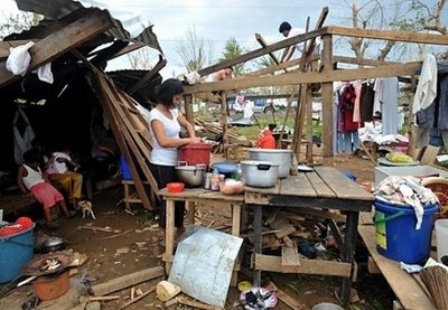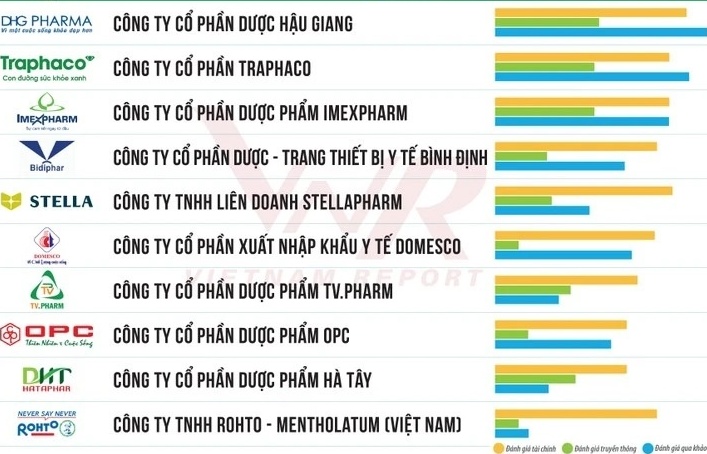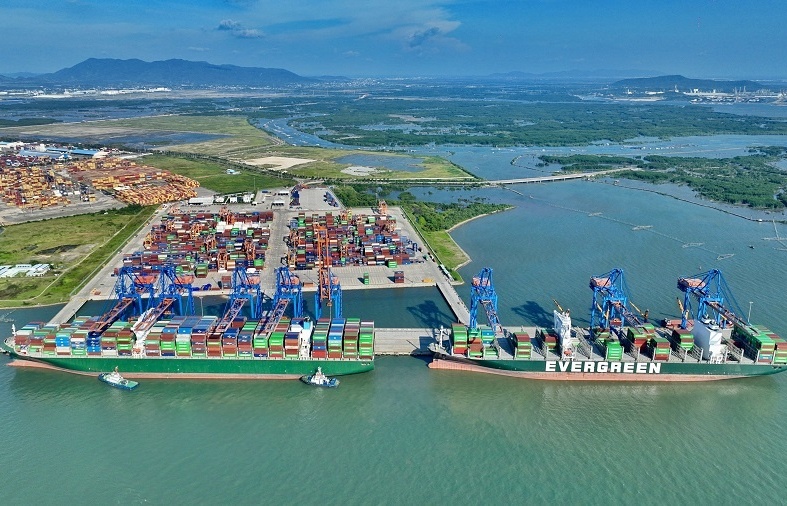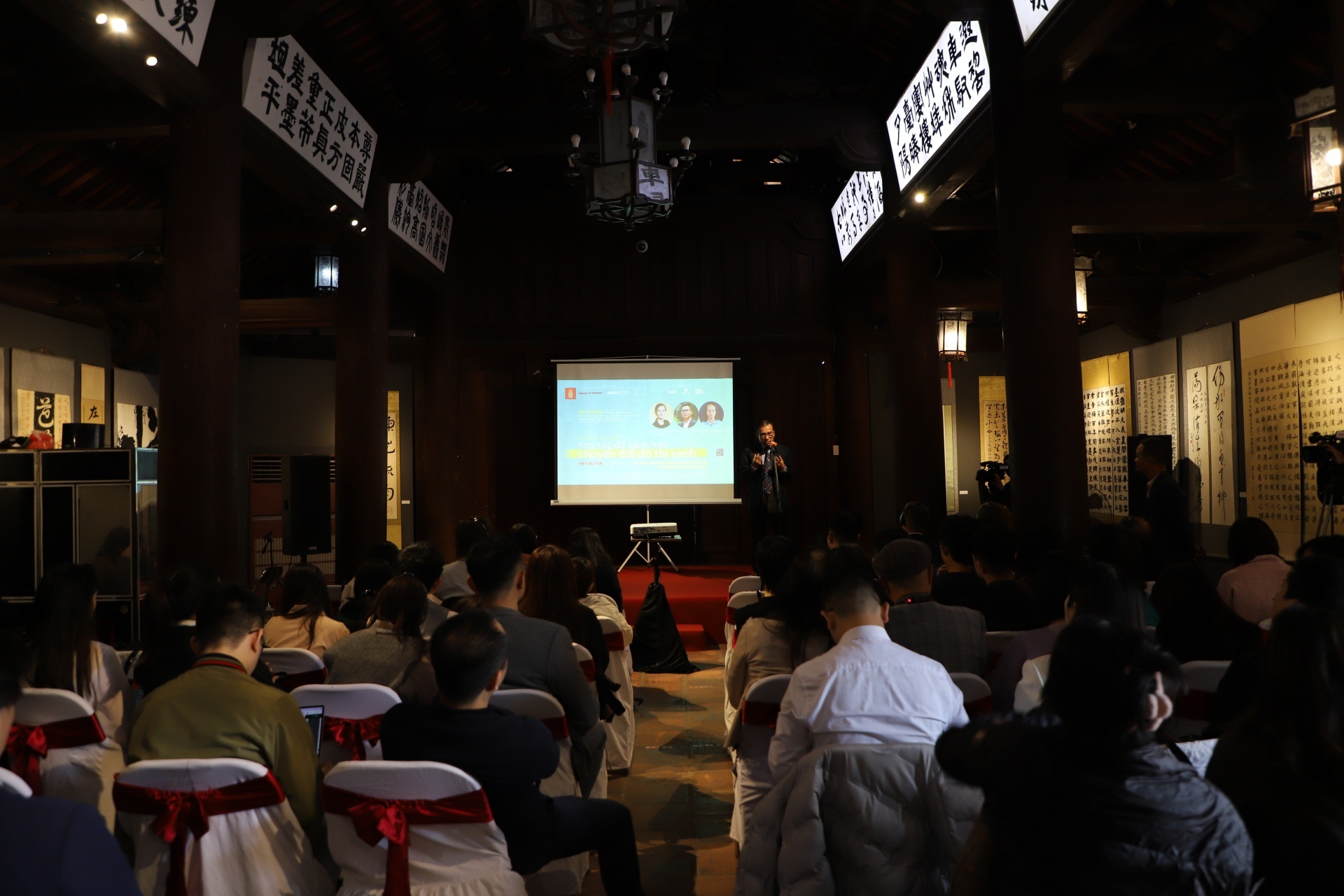Thousands evacuated as Typhoon Megi closes in on China
 |
| Filipinos repair their damaged house in Ilagan, Isabela province, northern Philippines, following Typhoon Megi. |
More than 150,000 people were evacuated in Fujian province in China's southeast and tens of thousands of fishing boats were called back to port, the official Xinhua news agency quoted flood control authorities as saying.
At least another 10,000 were evacuated in neighbouring Guangdong province, authorities there said, with forecasters predicting the storm would hit somewhere along China's southern coastline late Friday or early Saturday.
The State Oceanic Administration issued a yellow storm surge warning, saying that Megi could cause a "50-year storm surge" if it landed as a severe typhoon.
"The storm surge could be so devastating that buildings, docks, villages and cities could be destroyed by it," said Bai Yiping, director of South China Sea Forecasting Centre of the State Oceanic Administration.
Hong Kong shuttered oil terminals as the monster storm bore down.
Megi, which has already killed at least 27 people in the Philippines, was showing "signs of intensification", the Hong Kong Observatory said Thursday.
"At present we estimate its intensity at around 175 kilometres per hour (110 miles per hour)," said forecaster Lee Tsz-cheung.
"We still cannot rule out the possibility of Megi intensifying further."
Chinese authorities have issued a red alert, the highest of a four-step warning system, saying the typhoon could cause huge waves that could devastate coastal sea areas, including Guangdong, Fujian and the Taiwan Strait.
Xinhua, citing the State Oceanic Administration, said that Guangdong could see storm-triggered waves of up to seven metres (21 feet).
The red alert gives local authorities six hours to evacuate residents at risk and implement storm precautions, order schools, shops and airports to close and all vessels to return to port.
Torrential rains sparked by the typhoon killed three people on one of Japan's southern islands, officials said.
As of midnight (1600 GMT) Thursday, Megi was estimated to be 430 kilometres east-southeast of Hong Kong as it moved slowly across the South China Sea.
Five oil terminals on Tsing Yi island off Hong Kong's Kowloon peninsula were shut down, forcing tankers to anchor offshore and suspending marine fuel deliveries.
The city was setting up typhoon shelters for people in outlying areas in case they need to be evacuated from their homes, David Leung, Hong Kong's deputy director of home affairs, said Thursday.
Flights were on schedule, but Hong Kong's airport authority said that could change depending on weather conditions over the next few days.
Reservoirs and hydroelectric stations in Guangdong have been put on high alert, and local flood control officials have been told to ensure the safety of venues for the upcoming Asian Games in the provincial capital Guangzhou.
Taiwan's Central Weather Bureau warned that Megi could bring over one metre (three feet) of rain to the north of the island over the next two days, as torrential rains caused landslides and interrupted railway traffic.
Television images showed flash flooding had submerged a railroad in the northeast of the island and suspended railway traffic in the area, while heavy rains set off landslides and forced schools to close.
China was hit earlier this year by its worst floods in more than a decade, with more than 4,300 people dead or missing -- including 1,500 people killed in one devastating mudslide in the northwestern province of Gansu in August.
What the stars mean:
★ Poor ★ ★ Promising ★★★ Good ★★★★ Very good ★★★★★ Exceptional
Related Contents
Latest News
More News
- Logistics promise for foreign investors (October 17, 2024 | 16:02)
- Ensuring technological progress in northern midlands and mountainous regions (October 10, 2024 | 09:00)
- Manufacturing production suffers after Typhoon Yagi (October 01, 2024 | 17:11)
- Vietnam’s economy on track for 6.5 per cent growth despite Typhoon Yagi, says HSBC (October 01, 2024 | 16:46)
- Vietnam urges China to expand market access for agricultural products and strengthen trade ties (October 01, 2024 | 16:42)
- IMF predicts Vietnam's economic growth to reach 6.1 per cent in 2024 (September 30, 2024 | 18:26)
- Deli Group breaks ground on $270 million factory in Hai Duong (September 30, 2024 | 18:17)
- Government considering tax on multiple properties (September 27, 2024 | 20:17)
- Accuracy more vital than ever in dawn of AI (September 26, 2024 | 20:44)
- Vietnam remains attractive destination for US businesses (September 26, 2024 | 20:23)



 Tag:
Tag:



















 Mobile Version
Mobile Version